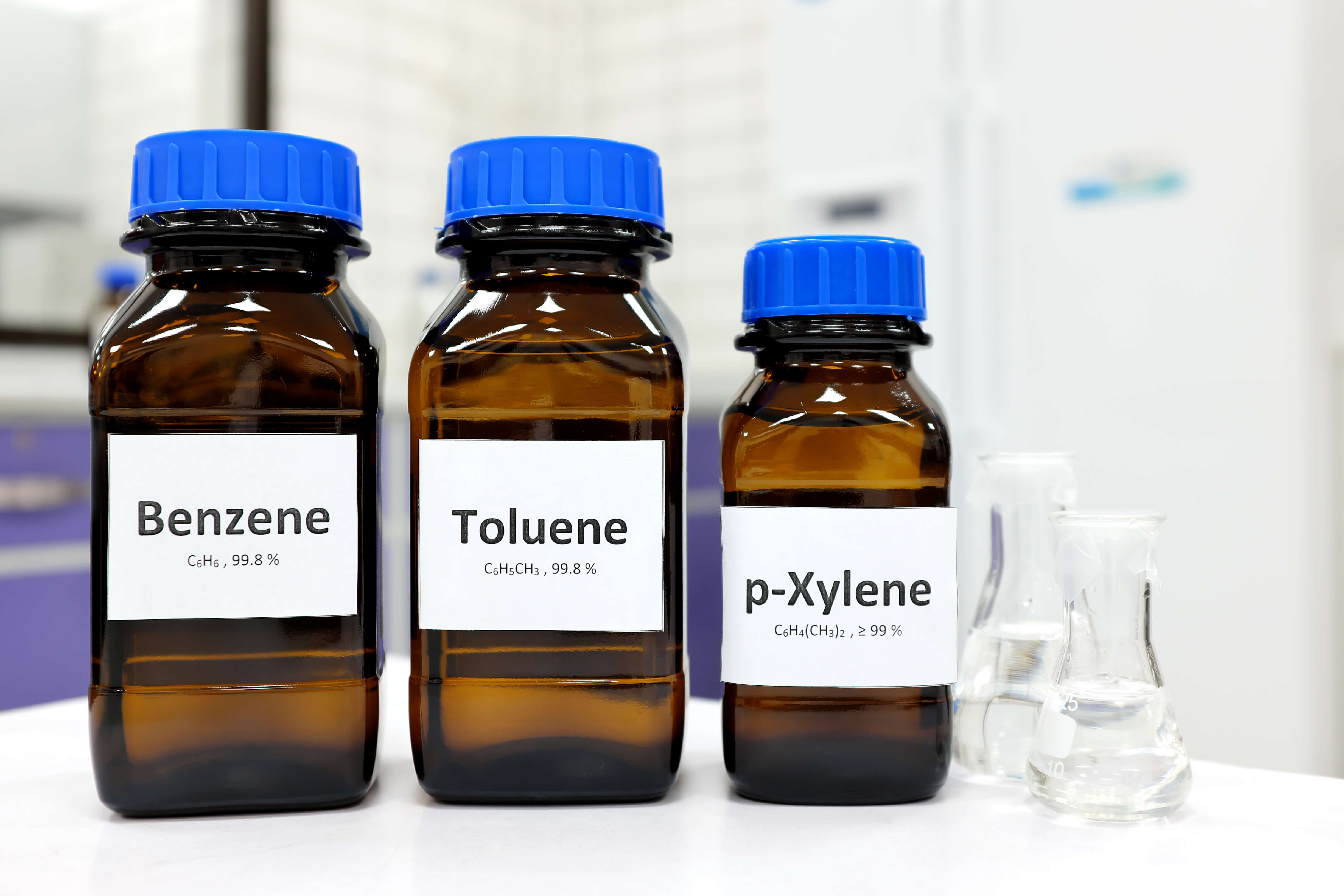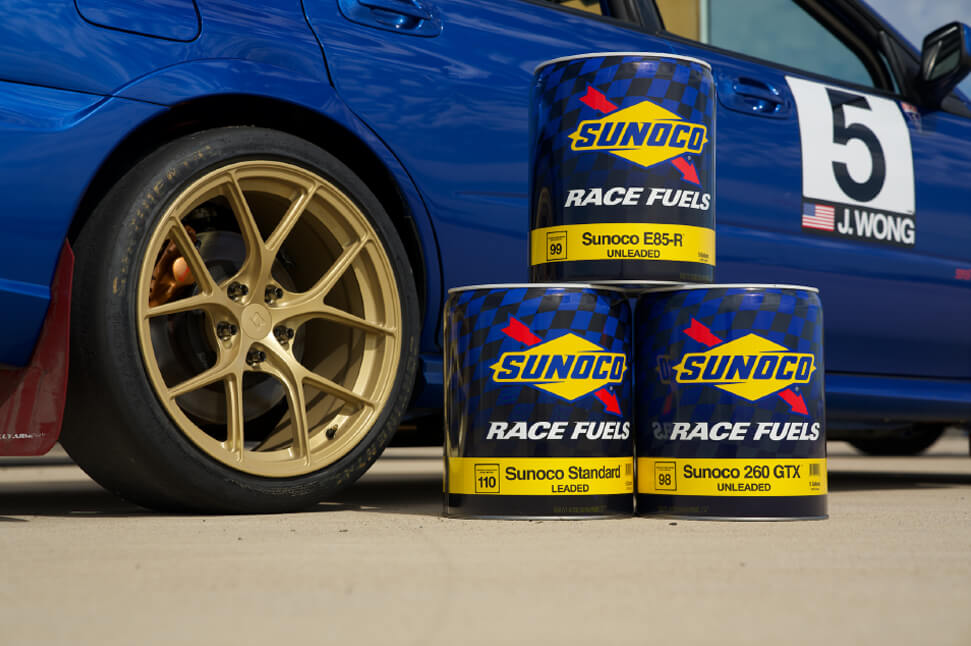Performance Fuels

A Potentially Deadly Fuel DIY
- Category:
- Fuel Facts
by Classic Motorsports
Posted on 12/19/2024

Can’t find storage-friendly, ethanol-free gas locally? Did you know you can make your own? There are countless videos on YouTube showing the process–but before you rush off to watch them, keep reading.
The Theory Behind Home-Brewed, Non-Ethanol Fuel
Gas companies add ethanol to most pump fuels to increase the octane rating while also tapping a renewable resource. But that same ethanol can also attract moisture from the atmosphere, leading to long-term storage issues.
While non-ethanol specialty fuels are available–the Sunoco Race Fuels catalog contains several options, for example–some people have taken to creating their own using a process detailed in countless YouTube videos.
First, they simply add water to some pump fuel. The water attracts the ethanol from the gasoline and, thanks to phase separation and density, settles at the bottom of the container. Syphoning out that water/ethanol mix yields a fuel supply that’s theoretically free of ethanol.
The Reality Behind Home-Brewed, Non-Ethanol Fuel
Zachary J. Santner, senior specialist of quality at Sunoco, notes a few concerns regarding this process, with a very big one involving safety: Gasoline vapors are rather flammable and, thanks to having vapor density heavier than air, might collect unnoticed around your feet. One spark could then ruin your day/life.
Ethanol is added to fuel to increase its octane, so removing that ethanol yields a fuel that’s more susceptible to knock. In rough terms, this process would turn 87-octane fuel into 83, 93-octane into 91.
Santner also notes that the phase separation used to pull the ethanol from gasoline is impacted by ambient temperature. “The colder the temperature, the better the phase separation will be,” he notes. But even under ideal conditions, he continues, this process could leave the fuel containing less than 1% water: “Any of that little dissolved water could lead to corrosion.”
Santner also notes that the antioxidants added to gasoline to extend its shelf life are often water-soluble, so this homebrewed trick intended to create the perfect storage fuel could have the opposite effect by removing the additives designed to protect the fuel when sitting.




